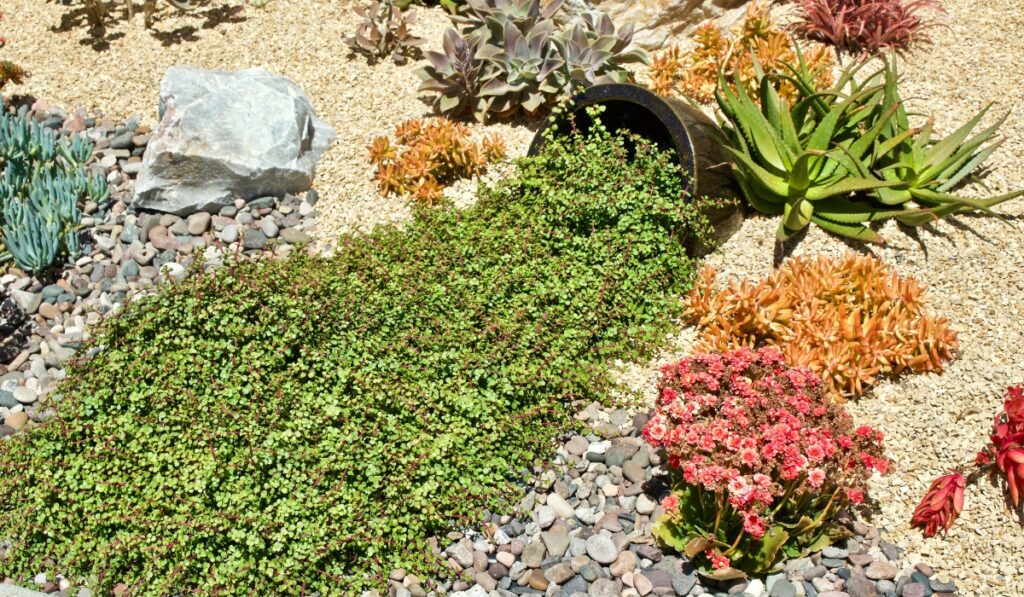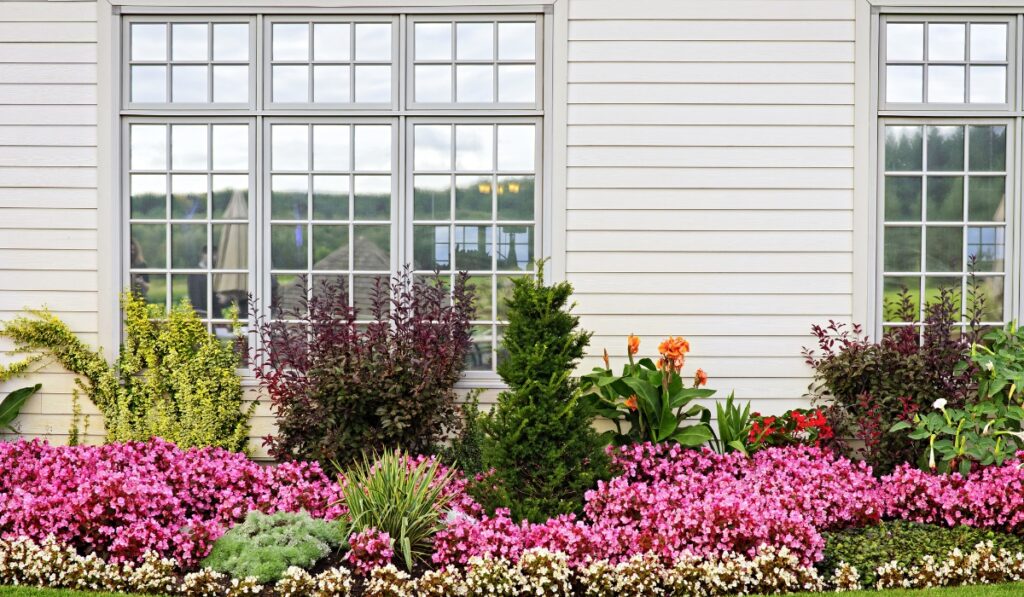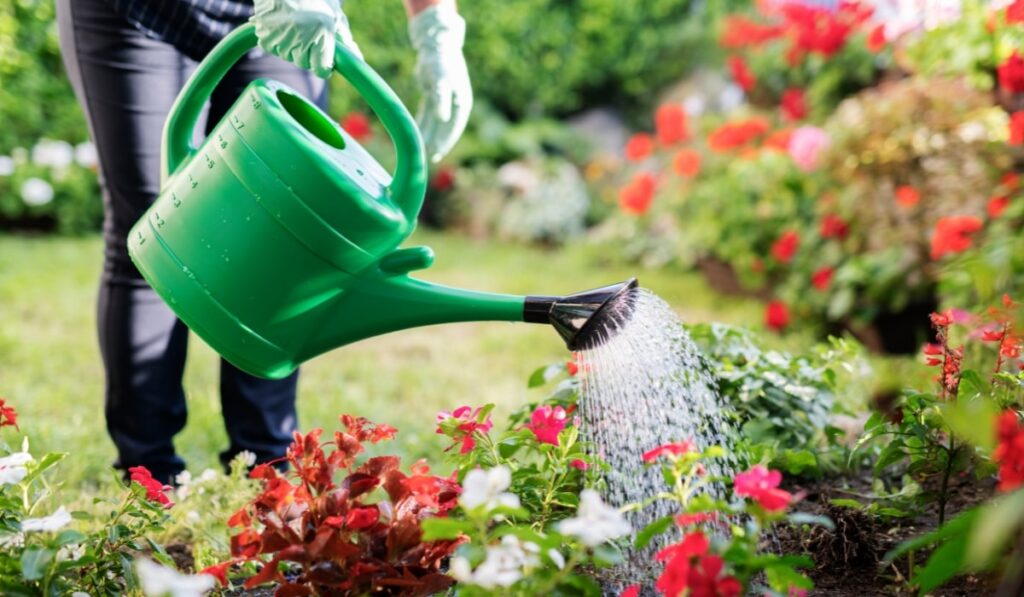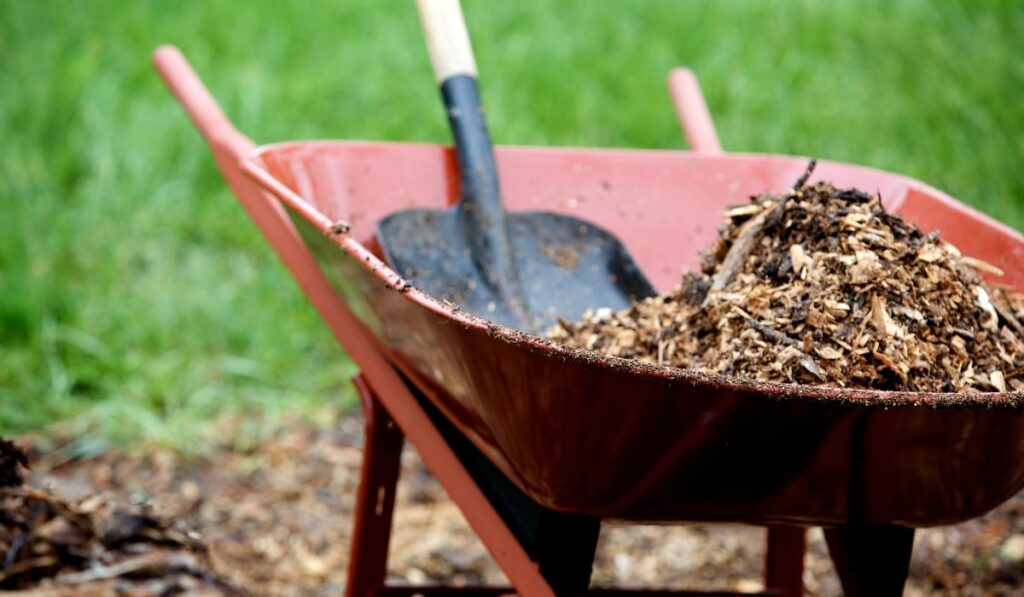Posts Tagged Rainwater Harvesting
Sustainable Landscaping Practices for August: Thriving in California’s Dry Heat

As Californians, we’re all too familiar with the challenges of August’s scorching temperatures and persistent drought conditions. While our landscapes may be feeling the heat, there are plenty of sustainable practices we can adopt to not only keep our gardens thriving but also nurture the environment. At DK Landscaping, we believe in creating beautiful landscapes that are in harmony with nature, and August is the perfect time to implement eco-friendly choices.
The Importance of Water Conservation
Water is a precious resource, especially during the peak of summer. Traditional landscaping practices often rely heavily on irrigation, putting a strain on our water supply. By embracing sustainable practices, we can significantly reduce our water consumption and help protect this vital resource.
Key Sustainable Landscaping Practices for August
Let’s delve into some essential eco-friendly choices you can make in your landscape this August:
1. Efficient Irrigation:
- Upgrade your irrigation system: Consider switching to drip irrigation or soaker hoses, which deliver water directly to the roots, minimizing evaporation and runoff.
- Water deeply and less frequently: This encourages deeper root growth and reduces water waste.
- Water in the early morning or late evening: Avoid watering during the hottest part of the day to prevent evaporation.
- Monitor soil moisture: Use a moisture meter to check soil moisture levels before watering.
- Adjust your irrigation schedule: As temperatures cool down in late August, gradually reduce watering frequency.
2. Mulching:
- Apply a thick layer of mulch: Mulch helps retain soil moisture, suppress weeds, and regulate soil temperature. Organic mulches like wood chips or shredded leaves also improve soil health as they decompose.
3. Drought-Tolerant Plants:
- Choose native and adapted plants: These plants are naturally suited to California’s climate and require less water.
- Group plants with similar water needs: This allows for more targeted and efficient irrigation.
- Consider replacing lawns with low-water alternatives: Opt for groundcovers, native grasses, or permeable hardscaping.
4. Rainwater Harvesting:
- Install rain barrels or cisterns: Collect rainwater from your roof to use for irrigation later.
- Create rain gardens: These shallow depressions capture and filter rainwater runoff, reducing erosion and providing habitat for wildlife.
5. Composting:
- Start a compost pile: Turn kitchen scraps and yard waste into nutrient-rich compost to improve soil health and reduce the need for synthetic fertilizers.
6. Organic Fertilizers:
- Use organic fertilizers and soil amendments: These products nourish your plants without harming the environment.
7. Reduce or Eliminate Pesticide Use:
- Embrace Integrated Pest Management (IPM): This approach focuses on prevention and natural controls to minimize pesticide use.
- Attract beneficial insects: Plant flowers that attract ladybugs, lacewings, and other insects that prey on pests.
DK Landscaping: Your Partner in Sustainable Landscaping
At DK Landscaping, we are committed to creating sustainable landscapes that are both beautiful and environmentally responsible. We can help you implement these eco-friendly practices and design a garden that thrives in California’s unique climate.
Contact us today to schedule a consultation and let us help you create a sustainable oasis.
Remember, every small step towards sustainability counts. By implementing these practices in your landscape, you can make a positive impact on the environment while enjoying a beautiful and thriving garden.
Saving Water, Beautifying Spaces: Water-Efficient Landscaping Techniques

Welcome to the DK Landscaping blog, where we blend beauty with sustainability. In today’s post, we’re diving into the heart of water-efficient landscaping techniques that not only save precious water resources but also transform your outdoor spaces into stunning eco-friendly havens.
Embracing the Basics of Water Efficiency
Understanding Your Landscape’s Needs
Before we start, it’s crucial to understand the unique needs of your landscape. This means assessing soil type, sunlight, and the local climate. By understanding these elements, you can make informed choices that naturally reduce water usage.
The Role of Native Plants
Native plants are the cornerstone of water-efficient landscaping. They’re adapted to the local environment, requiring less water than non-native species. We’ll explore how to select and incorporate these into your design for a resilient and vibrant garden.
Innovative Irrigation Techniques
Drip Irrigation: A Closer Look
Drip irrigation is a game-changer for water efficiency. By delivering water directly to the roots of plants, it minimizes waste and maximizes growth. We’ll guide you through setting up a system that suits your landscape’s specific needs.
Timing is Everything: Smart Irrigation Controllers
Learn how integrating smart irrigation controllers can automate and optimize your watering schedule based on real-time weather conditions, saving water and boosting plant health.
Mulching and Soil Management
The Magic of Mulch
Mulch isn’t just for looks. It plays a pivotal role in retaining soil moisture, regulating temperature, and suppressing weeds. Discover the best types of mulch for your garden and how to apply them effectively.
Soil Amendment Strategies
Healthy soil equals healthy plants. We’ll share tips on improving soil structure and fertility, ensuring your garden thrives while reducing the need for supplemental watering.
Designing with Water Efficiency in Mind
Zoning Your Garden for Water Efficiency
Creating zones in your garden based on water needs can significantly reduce waste. We’ll help you design a layout that groups plants with similar watering requirements together, making your landscape both beautiful and water-wise.
The Beauty of Xeriscaping
Xeriscaping doesn’t mean sacrificing color or variety. Learn how to design a stunning, low-water landscape using drought-tolerant plants and creative design principles.
Beyond the Garden: Rainwater Harvesting
Catching Every Drop: The Basics of Rainwater Harvesting
Rainwater harvesting systems can supplement your water supply beautifully. From simple rain barrels to more sophisticated systems, we’ll show you how to capture and use rainwater effectively in your garden.
The Impact of Water-Efficient Landscaping
Environmental and Economic Benefits
Adopting water-efficient landscaping techniques isn’t just good for the planet—it can also reduce your water bill. We’ll discuss the broader benefits of making these changes, from supporting local ecosystems to contributing to global water conservation efforts.
At DK Landscaping, we believe in creating beautiful, sustainable landscapes that stand the test of time. We hope this guide inspires you to adopt water-efficient practices that make a difference in your garden and the world. Stay tuned for more tips and insights on eco-friendly landscaping. Contact us today if you need help with your landscaping!
Water-Saving Tips for Your Garden

Gardening is a great way to beautify your home while also providing fresh produce. However, it can also be a significant source of water consumption. With water becoming an increasingly scarce resource, it’s important to find ways to conserve it. Water-saving tips for your garden can help you save water and reduce your water bill.
There are many ways to save water in your garden. One of the easiest ways is to choose plants that are well-suited to your climate and soil type. These plants will require less water and maintenance, saving you time and money. Another way to save water is to use mulch around your plants. Mulch helps to retain moisture in the soil, reducing the need for frequent watering.
In addition to these tips, there are many other water-saving techniques that you can use in your garden. From using drip irrigation systems to collecting rainwater, there are many ways to conserve water while still maintaining a beautiful garden. By implementing these tips and techniques, you can reduce your water consumption and help to protect this valuable resource.
Efficient Watering Practices
Understanding Soil and Plant Needs
One of the most important things to consider when it comes to efficient watering practices is understanding the soil and plant needs. Different types of soil have different moisture retention properties, which means that some soils will require more water than others. For example, clay soil tends to hold onto water for longer periods of time than sandy soil, which means that plants growing in clay soil will require less frequent watering.
Additionally, it’s important to consider the type of plants that are being grown in the garden. Native plants and drought-tolerant plants are great options for conserving water in the garden, as they are adapted to the local climate and require less water to thrive. On the other hand, plants that are not well-suited to the local climate will require more water to stay healthy.
Watering Techniques and Scheduling
Another important aspect of efficient watering practices is using the right watering techniques and scheduling. For example, morning watering is generally recommended as it allows plants to absorb moisture before the heat of the day causes evaporation. Deep watering is also important, as it encourages plants to develop deep root systems that can better withstand dry spells.
It’s also important to consider the timing and frequency of watering. Overwatering can lead to fungal diseases and runoff, which can be harmful to the environment. Gardeners should aim to water their plants only when necessary, and to avoid watering during periods of rain or high humidity.
Irrigation System Efficiency
For those who use an irrigation system, it’s important to ensure that the system is as efficient as possible. This can be achieved by using water-efficient emitters, installing a rain-shutoff device, and regularly checking and maintaining the system. Irrigation system controllers can also be used to schedule watering times and ensure that water is not wasted.
In addition to these tips, gardeners can also consider using rain barrels or other rainwater harvesting systems to save water in the garden. Mulching and composting can also help to conserve water and improve soil moisture retention. By following these water-saving tips and using efficient watering practices, gardeners can help to promote sustainability and conserve water in their gardens.
Sustainable Garden Design and Maintenance
Choosing the Right Plants
Choosing the right plants for a sustainable garden is crucial. Native plants, drought-tolerant plants, succulents, and perennials are great options for water-saving gardens. These plants require less water, are adapted to the local climate, and are more resistant to pests and diseases. Yucca and verbena are examples of beautiful and low-water-use plants that can thrive in a water-saving garden.
Mulching and Ground Cover
Mulching is an effective way to reduce water usage in the garden. Organic mulch such as lawn clippings, leaves, and compost can help retain moisture in the soil, prevent weed growth, and improve soil health. Ground cover plants such as creeping thyme, clover, or sedum also help to retain moisture and reduce erosion.

Alternative Water Sources and Collection
Using alternative water sources can be a game-changer for water-saving gardens. Rainwater harvesting is a great way to collect water for the garden. Installing a rain barrel or water tank can help to store and use rainwater for irrigation. Ollas are also a great way to save water. These clay pots are buried in the soil and slowly release water to the roots of the plants, reducing water waste and promoting plant growth.
By implementing sustainable garden design and maintenance practices such as choosing the right plants, mulching and ground cover, and using alternative water sources, gardeners can create beautiful and thriving gardens while conserving water and promoting sustainability.
Frequently Asked Questions
What are effective methods for reducing water usage in your garden?
There are several effective methods for reducing water usage in your garden. One of the most effective ways is to choose plants that are native to your region and are adapted to the local climate. These plants will require less water and maintenance compared to non-native plants. Additionally, using mulch around the plants can help retain moisture in the soil, reducing the need for frequent watering.
How can you conserve water when maintaining a vegetable garden?
To conserve water when maintaining a vegetable garden, it is important to water the plants deeply but less frequently. This encourages the roots to grow deeper and access water from lower layers of soil. Additionally, using drip irrigation or a soaker hose can help deliver water directly to the roots, reducing water waste. Using a rain barrel to collect rainwater can also provide a free source of water for your garden.
What are the benefits of watering plants early in the morning for water conservation?
Watering plants early in the morning is beneficial for water conservation because the cooler temperatures and lower wind speeds help reduce evaporation. Additionally, watering in the morning allows the plants to absorb the water before the heat of the day, reducing the risk of water stress.
What personal habit changes can lead to significant water savings in garden care?
Personal habit changes that can lead to significant water savings in garden care include using a broom instead of a hose to clean patios and driveways, fixing leaks in hoses and sprinklers, and using a bucket instead of a hose to wash cars. Additionally, reducing the frequency of lawn watering and using drought-tolerant plants can help save water.
How can you utilize greywater from showers and baths for gardening purposes?
Greywater from showers and baths can be utilized for gardening purposes by diverting the water to a holding tank or directly into the garden. However, it is important to use biodegradable and non-toxic soaps and detergents to avoid harming the plants. It is also recommended to use greywater for non-edible plants only.
What are the most efficient irrigation techniques for minimizing water waste in gardens?
The most efficient irrigation techniques for minimizing water waste in gardens include drip irrigation, soaker hoses, and micro-sprinklers. These methods deliver water directly to the roots of the plants, reducing water waste due to evaporation and runoff. Additionally, using a rain sensor or a smart irrigation controller can help adjust watering schedules based on weather conditions, further reducing water waste.





